You’ve finally made the switch from traditional tungsten light to energy-saving LED lighting, only to find out that your living room has a clinical vibe.
The chances are you’ve chosen a bulb with an extremely cool color temperature.
So, how do you change the color to something warmer without buying new bulbs again?
There are multiple ways to change a bulb’s color to look warmer, including filter gels. To use filter gels:
- Choose the transparency of gel you want, depending on how warm you want the lights to be
- Cut the gel to size to fit your LED lights
- Apply them to the light – you may be able to remove a cover and insert the gels, otherwise use adhesive tape to fix them to the exterior of the light
Don’t worry if you’ve bought the wrong color temperate LED lights; you aren’t the first person to do it, and you certainly won’t be the last!
So let’s look at
- The different ways to change the color of white LED lights
- Why you would want to make your LED lights look warmer
- The difference between brightness and color temperature
Table of Contents
How To Change White Light To Warm Light?
If you want to change the color of your LED lights, you can:
- Use filters to make the LED lighting look warmer
- Paint LED light bulbs to create a warmer color
- Replace the LED lights with warmer lights
- Use a smart light bulb that lets you change the color
Use A Color Filter To Make LED Lights Warmer
Color filters change the color of lights by filtering the light that passes through. Put the filter between the light emitting diodes of your light, and your eyes, and you’ll see a filtered, warmer color.
If you’re specifically looking to convert your cool LED bulbs to warmer color temperatures, you need orange or red gels.
These are often called CTOs (color temperature orange). Depending on the strength, orange gels can neutralize a cool LED or completely transform it into a warm white.
Filter Gel Test
I have personally used filter gels and done a little test.
This experiment’s original light was a white LED bulb with a color temperature of 6000K.
I’ve created the same condition for all lighting gels to ensure the consistency of the experiment.
I’ve used a total of four gels with different levels of transparency:
- 1/8 CTO
- 1/4 CTO
- 1/2 CTO
- 1 (or full) CTO
Each of these numbers represents a different transparency level, where 1/8 is the most transparent (92%) and 1 being the least transparent (47%).
In other words, the full CTO gel will produce a warm white color between 2700K and 3000K, depending on the initial temperature of the light source.
Meanwhile, 1/8 filter gel will only make the LED light slightly warmer than the original. In my example, I got from 6000K to about 5000K, which was still pretty cool.
Here’s a graphic comparison to show you the results – I hope you like that bowl with seashells that I have collected:
As you can see, although 1/8 and 1/4 lighting gels make the white light warmer to an extent, the shade of white is still relatively cool.
Gels with the transparency of 1/2 and 1 created the warm white that I have found the most welcoming being very close to incandescent light.
You need to keep in mind that I have used extremely cool white light for this test. So if you have LED lights below 6000K, you might have better results with the first two.
Once again, here is a comparison between cool white with no filter and warm white with a full CTO filter.
Use the slider to see the difference.

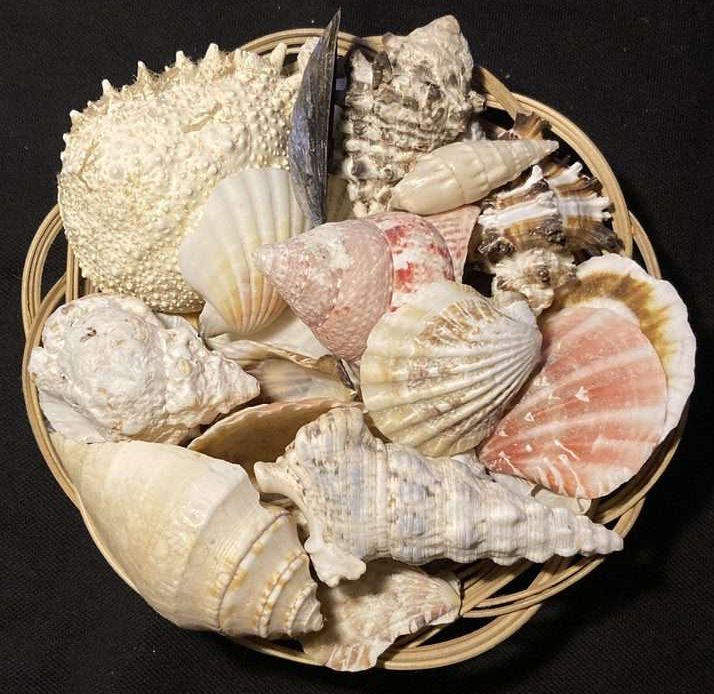
Although I think gels are the easiest way to make your white light warmer (without a lot of extra cost), there are also other great ways, so let’s explore them.
- Specification of Gel: 15.7x19.6 inches/40x50cm, Pack of 4- 1x Full Orange Filter, 1x 1/2 Orange...
- Made of High Quality of Transmission Material - Polyester film. Thickness: 5.5-6mm, Different...
Last update on 2025-12-06 / Affiliate links / Images from Amazon Product Advertising API
DIY Paint An LED Bulb
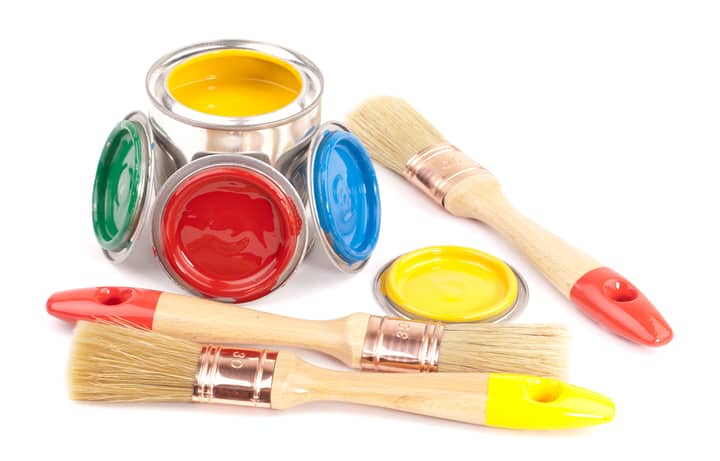
The cheapest solution for turning LED lights warmer is to color the outside of your cool-toned LEDs with yellow or orange paint. This will convert any white light that is emitted to a warm, ambient color.
If you change your mind about the color you’ve chosen, the paint can simply be wiped off. Easy-peasy!
Proceed with caution, though, as paint can be flammable. While LEDs do not generate a lot of heat, covering the glass/epoxy with paint will cause heat to build up.
Ultimately, painting a light bulb will shorten the lifespan of the diode.
Similarly, using opaque paint will reduce the bulb’s overall brightness to a point where it may not be usable.
Buy New LEDs With Warm White Color Below 3,000K
Replacing a cool white bulb with a warm white LED is the easiest way to change LED lights to a warmer color if your budget isn’t constrained
This way, you don’t need to worry about a DIY solution – you’ll just get the light color you want just by swapping out the bulbs.
And don’t worry about waste. There are tons of things you can do with lightly used LED bulbs. Perhaps you could donate them to a friend or a charity?
For more inspiration, check out my article: What To Do With Unused Light Bulbs?
Get Color Temperature Changing Bulb

Get a smart LED bulb if you want LED lights that can vary between warm white and cool white, as well as other colors.
More and more manufacturers are beginning to produce smart LEDs that have adjustable color temperatures. One example is the Philips Hue (Amazon).
The Hue can be controlled with the touch of a button via the Philips smartphone app. This means there is minimal effort involved.
You can change the bulb’s color temperature without even having to leave your bed or get up off the sofa.
It’s great for using warm LED lights to help you get to sleep, but then changing the color to a cooler white when you need to wake up.
Most smart bulbs also work with popular voice assistants such as Google Home and Alexa. So if you’re mid-way through a makeup look and you realize your lighting isn’t flattering, don’t worry!
Just ask Alexa to change it.
This is revolutionary for people with disabilities. No DIYs. No painting. No climbing up to difficult nooks and crannies. Just a simple smartphone app.
With over 16 million colors to choose from, the Hue allows you to play around until you find that perfect shade of warm light.
Why Would You Convert White Light To Warm?
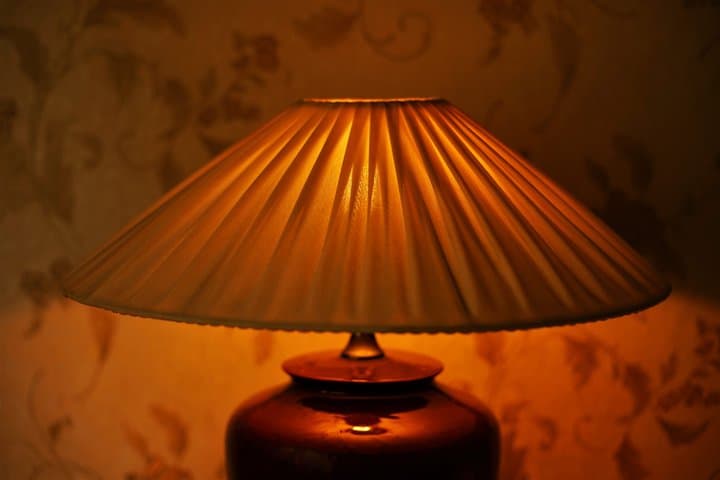
Reasons that you might want to change your white light to a warm orange or yellow light include:
- Settling down for the night and preparing yourself for sleep
- Making the room look less clinical and feel more cozy
- Reducing eye strain
- Making the space feel warmer
Broadly, warm LED lights will make you feel more relaxed. You’ll find it easier to unwind if you set your LED lighting to a warmer color.
And if you live somewhere cold, using warmer lights can fool your brain into feeling like the actual temperature is higher. Not by much – light isn’t going to replace your heating system – but it can help you feel more comfortable.
It’s also worth asking yourself whether you want warm lights permanently or if it’s a temporary solution that you’re looking for. If you see the benefits of both cool lights and warmer LED light, then it’s best to get color-changing bulbs to suit every need.
Impact Of LED Lights On Sleep
There’s a vast body of research on how different color temperatures impact the body’s circadian rhythm.
Blue wavelengths – that you get from cool white lights – are proven to suppress the production of melatonin, which regulates sleep/wake cycles.
High exposure to blue light in the evening can prevent you from relaxing. At the severe end of the spectrum, cool light may contribute to sleep deprivation.
While they may complement your minimalist home, it’s clear that cool LEDs are not suitable in all contexts.
Thankfully, warm LEDs have the opposite effect. The ambient nature of yellow light has a soporific effect, so they gradually decrease concentration and cause fatigue.
Cool white LEDs are ideal for workspaces or areas where you want to feel alert and productive during the day time – also known as task lighting.
Color Temperature Vs. Brightness: Do Gels Affect Brightness?
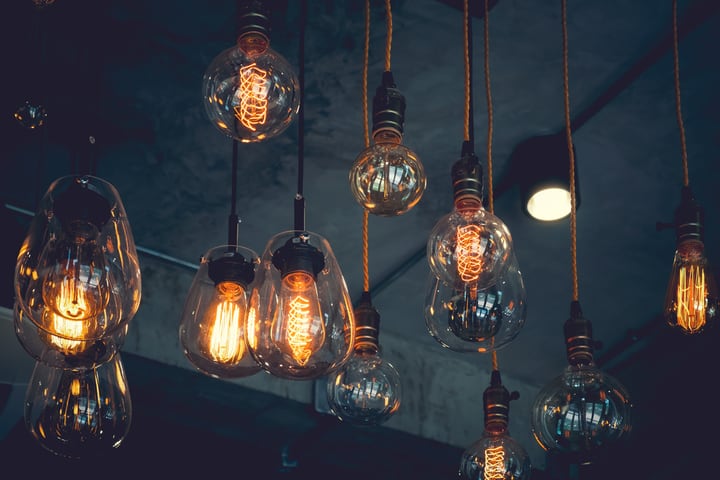
Color temperature and brightness are not the same thing. Using filter gels or some other methods of changing the color of your white LED light won’t necessarily reduce brightness, and you may still suffer from glare.
Color temperature is measured in degrees Kelvin from 0K to 10,000K. The brightness of light sources is measured in lumens. They’re completely separate scales.
Don’t assume that a warmer light source is also a duller one. You can get very bright warm LED lights.
And using filter gel with a high opacity may reduce the brightness marginally, but it is mainly going to change the color of your LED light.
If you’re more concerned about brightness, look into dimmable LEDs instead. Again, smart bulbs will solve the issue since they can change color and brightness, although they are more expensive.
Final Words
Are cold colored LEDs in your bedroom disrupting your sleep? Or are they just making your space feel less comfy?
Now you know that you have options available to make the light a warm color.
Have you tried any of these DIY hacks? Do you agree that smart LEDs, such as the Philips Hue, are the way forward?
Why not check out my blog post on identifying the color of LED lights if you want to know more.
Looking for an LED bulb but not sure what type you need?
Check out my free bulb picker and select the right bulb within few clicks.

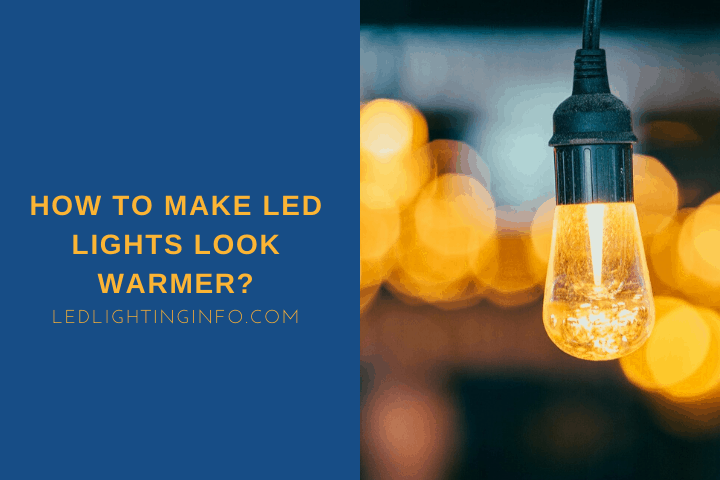
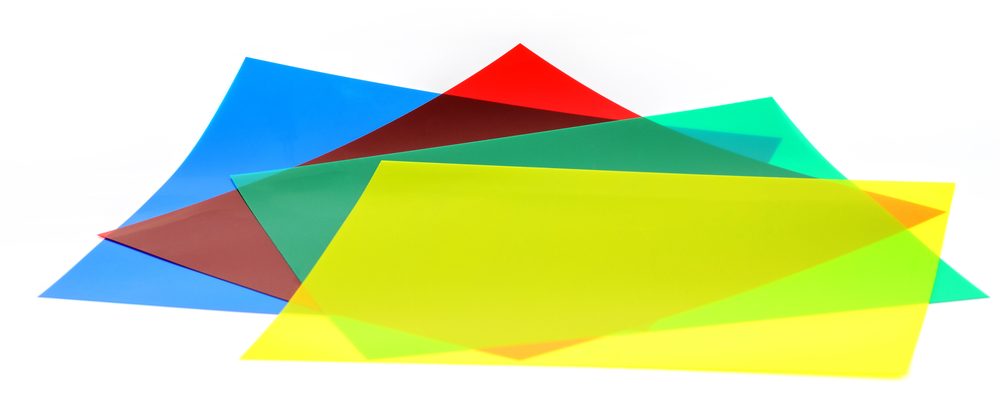
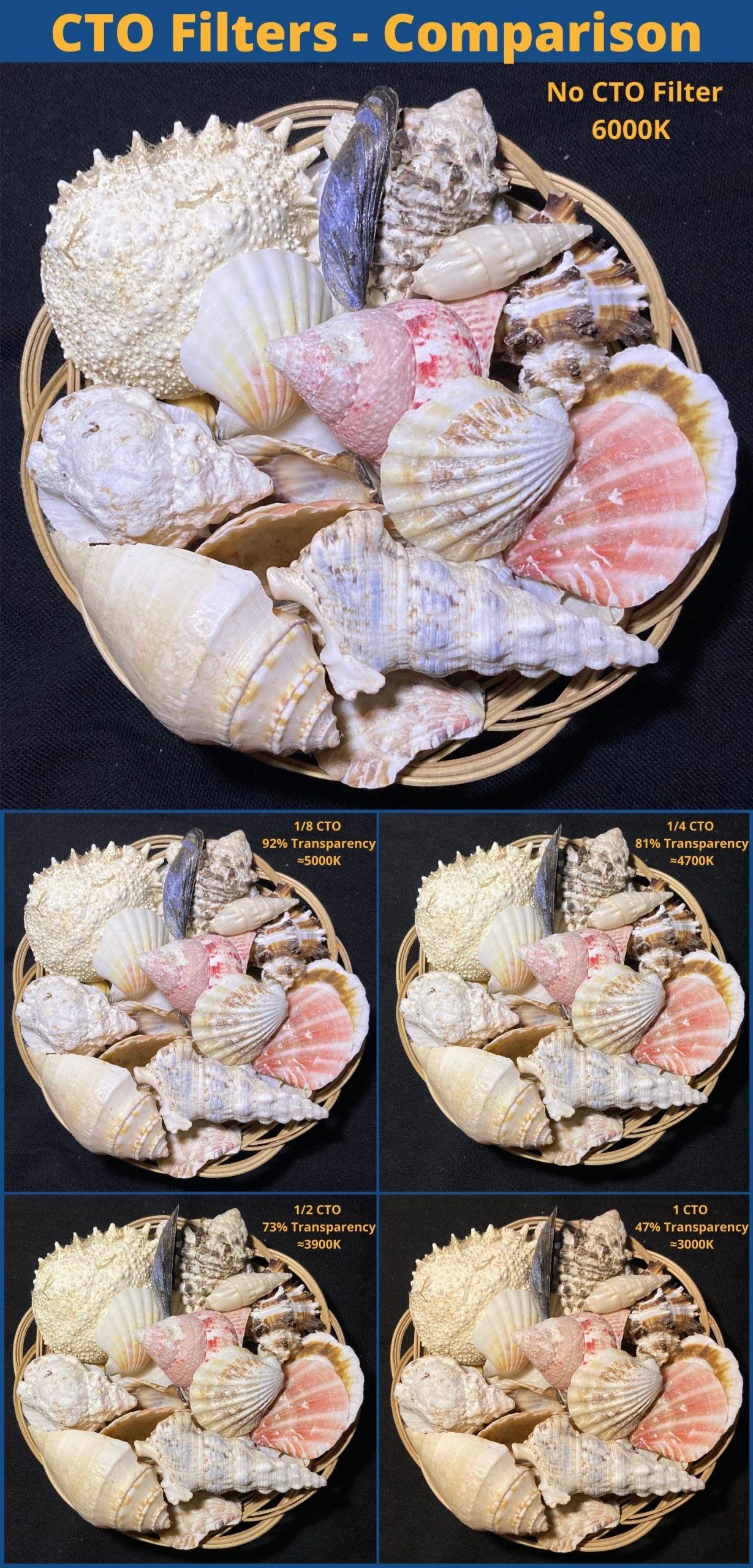
Comments are closed.